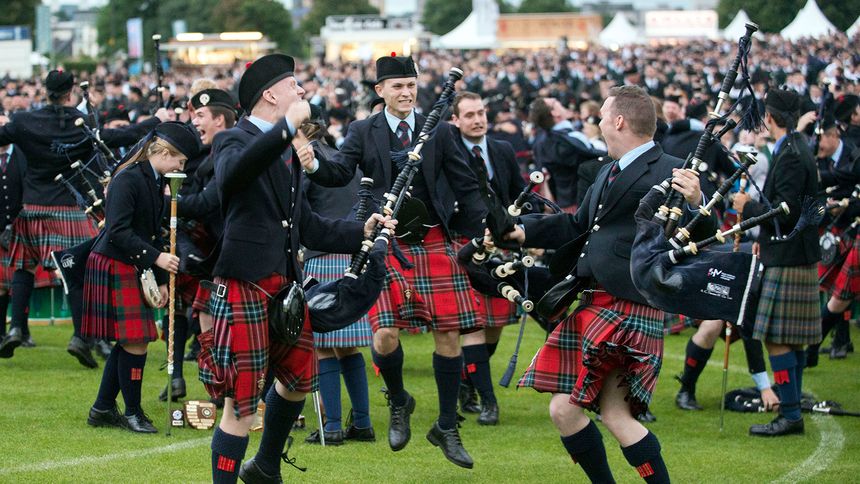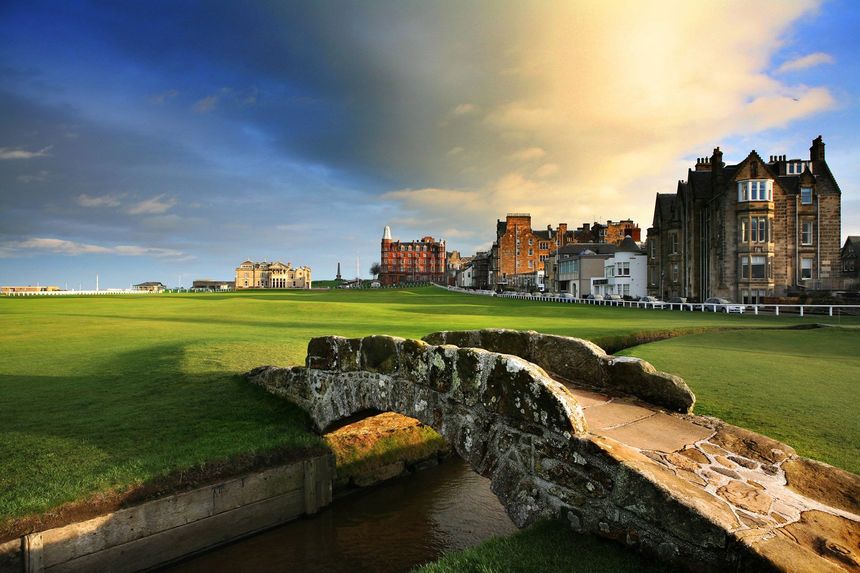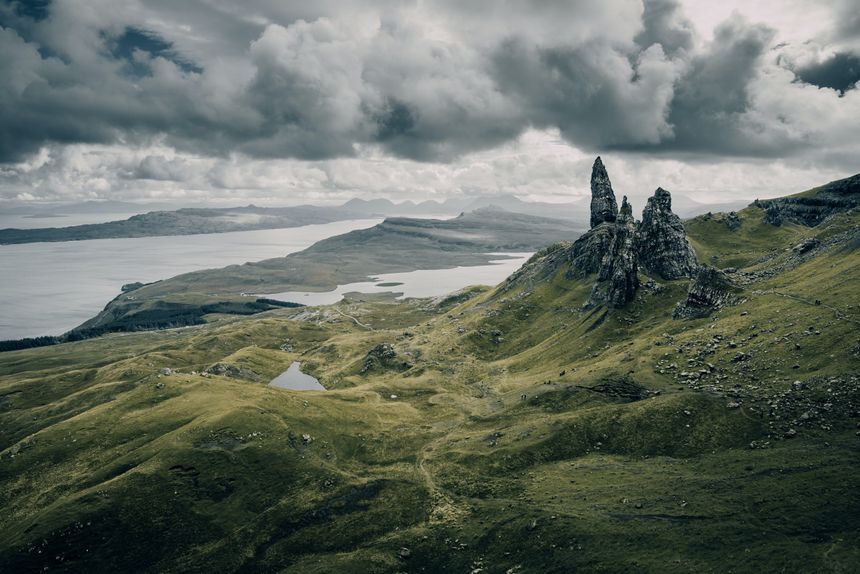Scottish Plaid Information
If you're seeking Scottish Plaid information, I'll attempt to give as much assistance as I can on these pages, or point you in the right direction.
When people see a Scotsman wearing the kilt, they sometimes wonder, "What do Scotsmen wear underneath?" However, I know that when I think of tartan (or plaid), I also think of clans, and I'm curious as to which tartan corresponds to which name.
You may be curious about the tartan of your own family or clan. There are several tartans to choose from. You may already know or desire to learn about your family clan or tartan; or you may just like tartan but don't feel entitled to wear a particular one, preferring instead to wear ordinary tartan clothing.
On significant occasions like weddings and Highland Games, kilts and tartans are worn. Make an attempt to go if you're visiting Scotland during the summer months. The pipes and drums, which you will hear in the music events or in the background while watching the dancing events or possibly all of the heavyweight contests in the athletic events, have a particularly stirring quality to them. Make sure to see "Tossing The Caber" (also known as "poles thrown by Scots"). By the way, if you reside in the United States and are looking for kilts or accessories, take a look at The Celtic Croft for a fantastic collection of kilts and accessories.
But returning to Scottish Plaid, there are far too many tartans to include on this website. One of my own family tartans is the Gordon tartan.
What's The Difference Between Tartan And Plaid?
Many people in other countries, particularly in the United States, refer to tartan as "plaid". Plaid, on the other hand, is a long woollen fabric draped over the shoulder.
Some believe the phrase derives from the Gaelic word 'plaide,' which means 'blanket.'
The plaid (or shawl) was simple and comfortable to wear. It was basically simply a big rectangular strip of tartan fabric that didn't need to be sewn.
It was folded into pleats on the ground on top of the wearer's belt, and the wearer would lie down and fasten his belt around him, ensuring that the fabric covered him to at least his knees, giving it the appearance of a kilt.
The excess cloth was slung over one shoulder if a jacket was worn. Because there is so much material, it might also be used as a blanket. The movie Braveheart gives you a hint of what this is like.

What Is Tartan?
Tartan is a pattern that is basically a checkered pattern. It has a long and illustrious history in Scotland.
The patterns of an individual tartan are commonly referred to as a 'Sett,' which refers to the structure of the tartan, which was formerly specified by the width of each stripe. It is now done by an exact thread count.
The majority of 'setts' are symmetrical, with each sequence of stripes reversing around the center 'pivot.' The pattern blocks are then repeated.
A tartan's design is created by interweaving right-angle bands of stripes. The lengthwise thread is known as the 'warp,' and it is put on the loom. The 'weft,' or crosswise threads, are then weaved into it. The weaving pattern is known as twill.
The Purpose Of Tartan
Tartans have been used for many reasons since the beginning of time, and many clans have developed their own "dress" and "hunting" tartans. The "Dress" tartans were created with the intention of being "showy." The pattern differs somewhat from the primary clan tartan, and one of the major background colours is often altered to white.
Dress tartans were and are still used for formal events, such as weddings and Highland Games, as previously indicated.
Why Is Plaid So Popular In Scotland?
Plaid as we know it first appeared in Scotland in the 1700s. Weavers from various parts of the world created diverse designs depending on the colors and materials that were available. Specific ties to families and clans emerged much later, and they evolved to have political importance as well.
What Do Scottish Tartan Patterns Represent?
Today, the colours of red and green tartans signify Catholics, while blue tartans represent Protestants. The distinction is significant in Scotland because the colour of tartan worn by individuals might reveal their faith.

